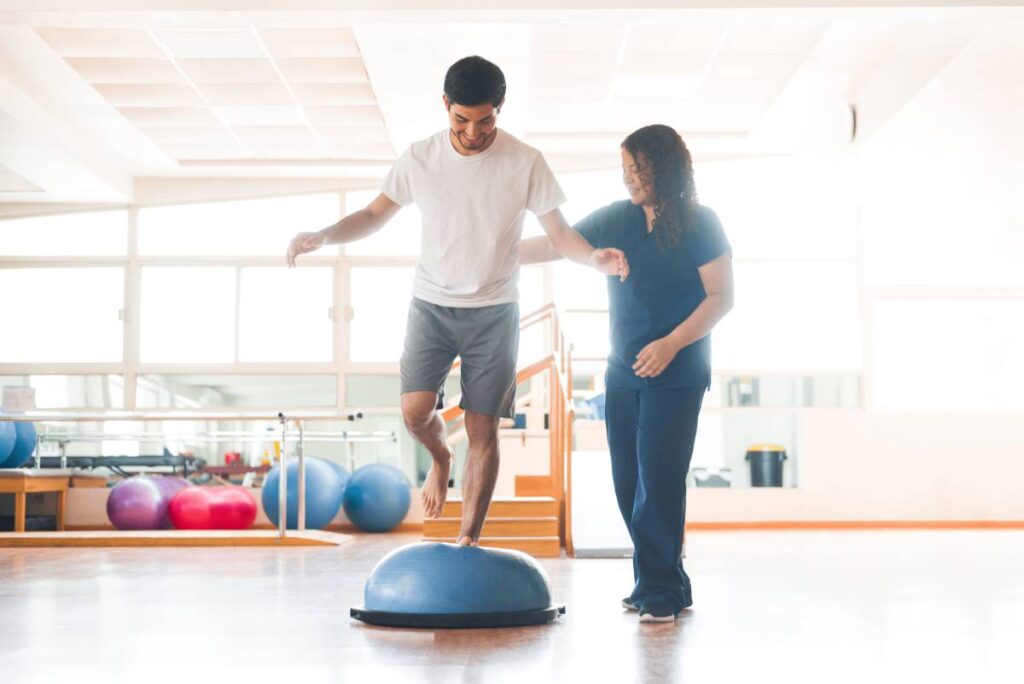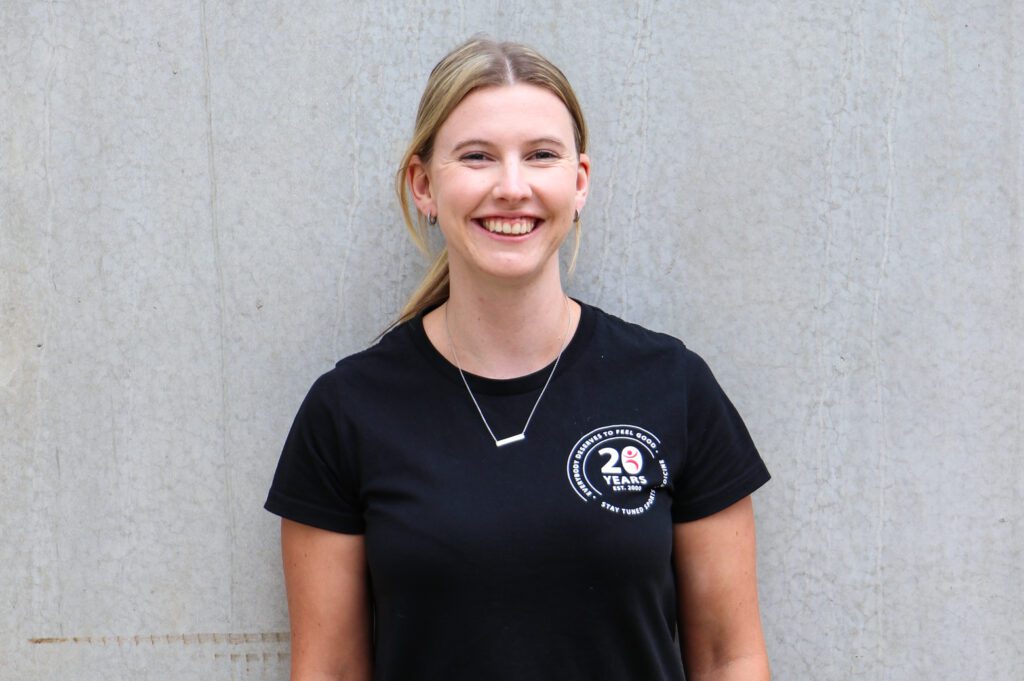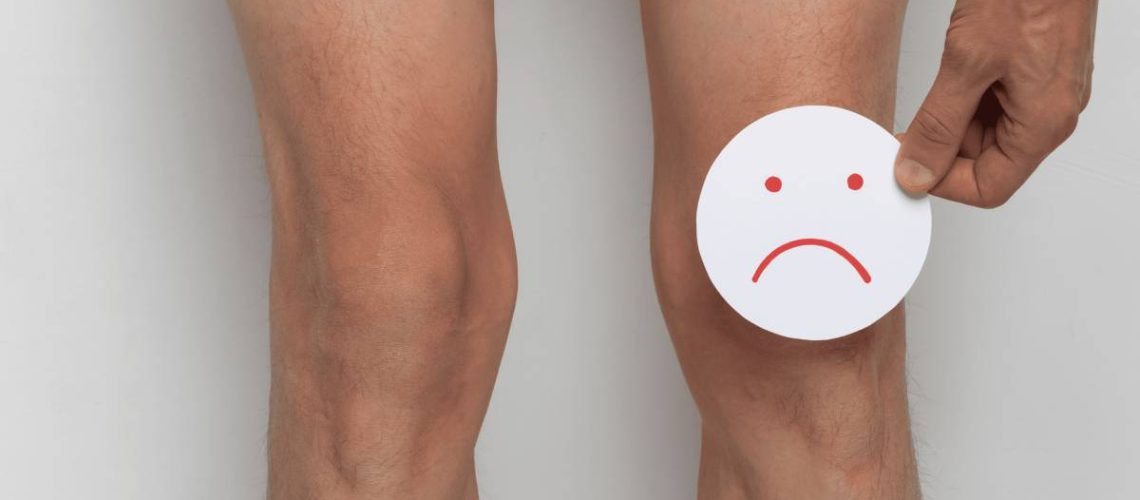Recovering from an ACL injury and striving to return to sports is a formidable journey that demands commitment. Many ask, “When will I be able to return to sports?” Unfortunately, there’s no one-size-fits-all solution or guaranteed rehab program for a seamless transition back to sports. However, the latest research offers valuable insights to guide your journey and enhance your chances of a triumphant return.

Exercise Rehab:
A Closer Look at Current Research
Traditionally, criteria for returning to sports after ACL reconstruction relied on specific time frames and physical assessments. Patients anticipated a return within a set timeline, assuming symptoms would vanish. Yet, Burland et al.’s (2017) research advocates for a more holistic and optimised criterion-based approach.
1. Define Your Long-Term Goals
Your return to sport is a personal journey. Discuss aspirations with your support team, making your desired outcome the focal point of your tailored rehab program. Consistent goal-setting promotes motivation and comprehensive care.
2. Adjust Your Rehab Timeline
Rather than relying on the traditional 6-12-month timeline, current research recommends a minimum of 9 months, ensuring you meet all return-to-sport criteria to a high standard. Your recovery timeline is unique—take the time you need.
3. Comprehensive Clinical Evaluation
Assessment goes beyond the physical; it delves into the psychological. Explore factors like psychological stressors, fear of re-injury, and lifestyle changes. Your journey is more than just a physical comeback.
Factors assessed include:
- psychological stressors
- fear of re-injury
- psychological readiness for return to sport
- motivating factors
- priorities
- lifestyle changes
- full range of knee motion
- absence of pain and swelling
- no abnormal laxity

4. Tracking Your Progress
Combine patient-reported outcome measures (PROMs) with objective performance-based measurements. Track subjective and objective improvements throughout your rehabilitation program.
PROMs involve self-reported questionnaires assessing the perception of symptoms, function, activity, and participation. Objective performance-based measurements include hop tests, muscle strength assessments, limb symmetry index, and movement quality assessments.
5. Assessment Of Movement Quality
The knee is part of a complex system. To ensure high-quality movements, assess how it responds to different movement patterns, especially under challenging conditions. This is incredibly important in sports involving uneven surfaces, opposition, or unpredictable movements.
6. Gradual Sports Reintegration
Patience is crucial. Avoid rushing back; a step-by-step return ensures readiness:
- Return to reduced team training without contact.
- Progress to team training with contact.
- Gradually enter friendly games (initially not playing the entire game).
- Embrace competitive games cautiously (initially not playing the entire game).
Burland et al. (2017), Dingenen, B., & Gokeler, A. (2017), DiFabio et al. (2018)

Partnering with Professionals for Success
Working with a healthcare professional is essential. Our osteopaths excel in injury rehab. In our initial session, we collaboratively set clear goals, viewing you as a whole person to understand the factors affecting your injury, body, and life. Our treatments align with principles like the body as a unit, its capacity to heal, and the reciprocal relationship between structure and function.
Psychosocial factors remain at the forefront. Holistically, we consider your well-being. Avoid rushed comebacks or premature exercises. The best practitioners stay updated with research, genuinely care, and believe you deserve to feel good. If you’re recovering from an ACL reconstruction or know someone in that situation, recommend an excellent osteopath for optimal care.
Remember, every rehabilitation journey is unique. Embrace an optimized, multifactorial approach to elevate your chances of a triumphant return to sport.
Dr Verity Boyd
Osteopath and Group Exercise Rehabilitation Instructor
B.HSc. BHSc/ B. App Sc (Osteo)

Find additional tips for a successful rehabilitation journey here
References
- Burland, J., Toonstra, J., Werner, J., Mattacola, C., Howell, D., & Howard, J. (2018). Decision to Return to Sport After Anterior Cruciate Ligament Reconstruction, Part I: A Qualitative Investigation of Psychosocial Factors. Journal Of Athletic Training. DOI: 10.4085/1062-6050-313-16
- DiFabio, M., Slater, L., Norte, G., Goetschius, J., Hart, J., & Hertel, J. (2018). Relationships of Functional Tests Following ACL Reconstruction: Exploratory Factor Analyses of the Lower Extremity Assessment Protocol. Journal Of Sport Rehabilitation. DOI: 10.1123/jsr.2016-0126
- Dingenen, B., & Gokeler, A. (2017). Optimization of the Return-to-Sport Paradigm After Anterior Cruciate Ligament Reconstruction: A Critical Step Back to Move Forward. Sports Medicine, 47(8), 1487-1500. DOI: 10.1007/s40279-017-0674-6

